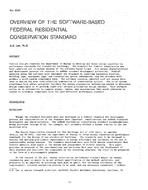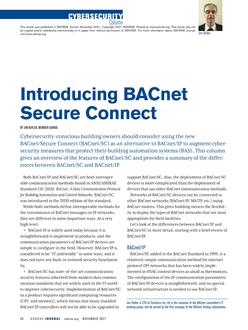Click here to purchase
Quantifying the impact of chemical or biological releases on a building and its occupants is a necessary part of risk assessment. The most informative metrics for this purpose are absolute, “threat-based” measures of lost or preserved assets that are specific to the agent of interest. Practical application of threat-based metrics may be difficult because data such as the maximum plausible release quantity and dose response characteristics for an agent may be unavailable. In addition, it is left to the judgment of the analyst to select appropriate agents on which to base risk management decisions. Relative metrics are an alternative to absolute metrics that compare quantities such as exposure without respect to the specific agent. Such metrics may be described as “vulnerability-based” because their values reflect the influence of the building and its systems on exposure, independent of the agent. Vulnerability-based metrics are generally easier to determine but harder to interpret than threat-based metrics. The ordered, area-weighted distribution of concentration raised to a power corresponding to the toxic load exponent of an agent was selected for investigation as the basis of a vulnerability-based metric. Metric values were computed from concentration time histories generated by multizone model simulations of indoor agent releases. It was found that metrics derived from this distribution can distinguish between the severity and extent of different releases. Although easier to apply to the results of multizone modeling, the proposed metric can, in principle, also be applied to experimental data.
Citation: ASHRAE Conference Papers, Las Vegas, NV
Product Details
- Published:
- 2011
- Number of Pages:
- 8
- File Size:
- 1 file , 1.3 MB
- Product Code(s):
- D-LV-11-C034


